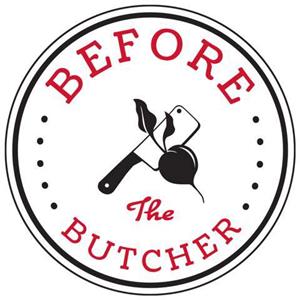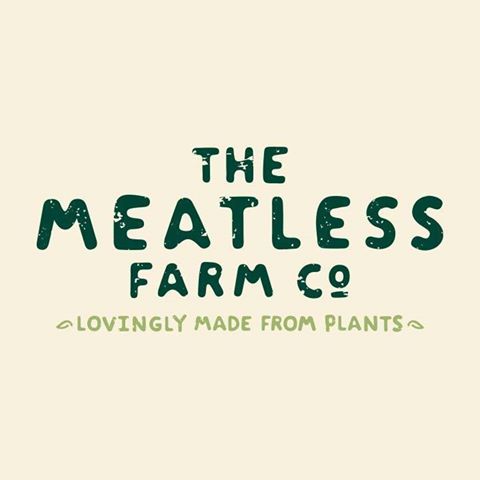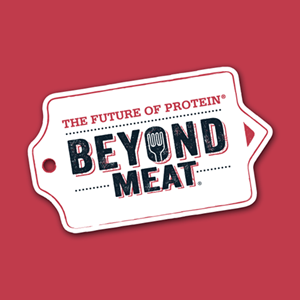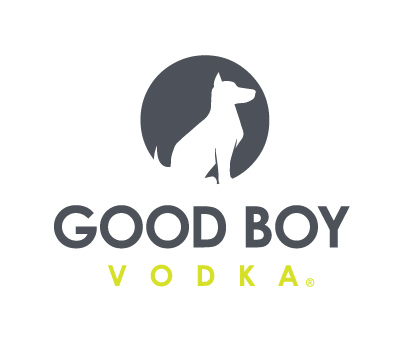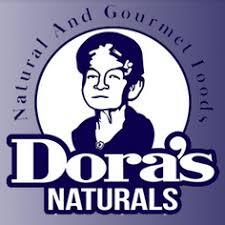For Mainstream Success, Plant-Based Meat Brands Eye Possibilities for Lower Prices
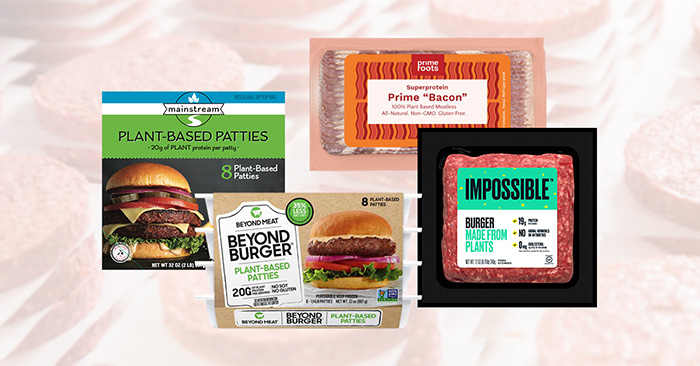
While plant-based meat alternatives continue to rise in popularity, many brands are facing the challenge of reconciling a premium price point with a desire to reach more consumers. Brands seeking to move beyond the natural channel and deepen their presence in conventional retail are looking for ways to create accessibility through lower prices, but they face hurdles in the form of manufacturing and ingredient costs, and in some cases, regulation, they say.
For some brands, the attempt to gain a foothold in conventional channels has meant rethinking their offerings entirely. Before the Butcher, maker of premium plant-based meat brand UNCUT, has launched a line of more budget-friendly plant-based burger options under the new brand Mainstream. While most meat alternatives retail for around $12 per pound, Mainstream offers 8-packs of quarter-pound soy protein-based patties (2 lbs. of meat) for $10.99.
Mainstream was able to achieve lower pricing through the use of more inexpensive ingredients, such as its soy protein. As a frozen line, it also uses fewer preservatives — reducing production costs — and can maintain a longer shelf life in retailers. The use of family-pack packaging, unlike UNCUT’s two pack format, serves as a major factor to not only reducing cost but appealing to families. According to founder Danny O’Malley, the goal of Mainstream is to “take plant-based meat to the masses,” and he anticipates that the new brand will find success in markets that more premium priced plant-based meats have struggled in, particularly in conventional retailers.
“If we can put a product like Mainstream on the shelf in your local grocery store, and it’s sitting right next to an animal based product and you don’t have to worry about price, I think we are going to see the consumer naturally gravitate toward the plant-based option in a much, much higher rate than we’ve seen previously,” O’Malley said.

Other brands are using the momentum that comes from heavy investment and increasing sales volume to offer more consumer-friendly prices in alternative channels. Beyond Meat, for example, is trying to use larger pack sizes to bring consumers on board. The company expanded a club channel offering — an 8-pack of Beyond Burgers for $14.99 — into BJ’s Wholesale and Sam’s Club in August, following its launch in Costco last year. In a press release, Beyond Meat Chief Growth Officer Chuck Muth said this launch was the “next logical step towards increasing accessibility to plant-based meat among mainstream consumers.”
“By offering the Beyond Burger in a larger format, we’re able to provide value to consumers and a more accessible entry point for those looking to try a plant-based option for the first time or increase their adoption of plant-based meat,” he said.
Impossible Foods plans to also focus on scale, but rather than pack size, the brand aims to increase its volume through increased distribution. In a press release, CEO Dr. Patrick O. Brown said the company will “drive down prices through economies of scale, reach price parity and then undercut the price of conventional ground beef from cows.”
Despite retail slowdowns due to the pandemic, Impossible Foods has significantly increased its retail presence — going from 150 stores in March to its current count of over 11,000 including Walmart, Kroger and Target — with 12 oz. packs of Impossible Burger retailing for $8.99. Impossible Foods also closed a $200 million Series G round in August, part of which will be used for scaling manufacturing capabilities. Thanks to previously implemented manufacturing efficiencies, the brand has already reduced the price of its foodservice products by 15% for distributors in the U.S.
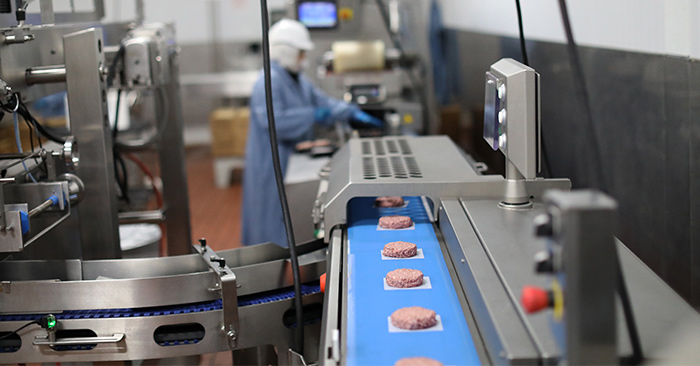
This ability to scale production is a key part of plant-based meats brands’ ability to reduce prices, said Siddhi Capital co-founder and general partner Melissa Facchina. Impossible and Beyond Meat are virtually the only plant-based meat players that have been able to reach mass market scale, she noted, as many emerging brands are still working to first build out their manufacturing infrastructure.
Because plant-based protein is a nascent category, there are not existing co-packers for brands to always turn to, so production is typically the responsibility of the brands themselves. But building that manufacturing can be an expensive proposition, resulting in several brands seeking out investments and acquisitions to help with these costs. Before the Butcher was acquired by San Diego-based ground beef producer Jensen Meat Company last year, giving the brand the financial resources to be able to scale and lower product costs, O’Malley said. While the brand currently operates in its own production facility in Irvine, it relies on Jensen’s San Diego facility for high volume burger production, and will soon move all of its production to San Diego.
In addition to manufacturing, ingredients also play a role in the pricing equation — and some plant-based meat advocates feel they aren’t on an even playing field, claiming government subsidies, which lower production costs, and ultimately retail prices, of animal products, play a large part in the price disparity between animal proteins and plant-based meats. According to Facchina, it will be difficult for animal proteins and plant-based meats to achieve price parity without the government eliminating these subsidies or matching them for plant-based meat. Kimberlie Le, CEO and co-founder of plant-based meat brand Prime Roots, said these two types of proteins “aren’t on equal footing” because of these subsidies. At scale, however, Le pointed out, producing plant-based meat will be even more efficient than animal-based products.
“When you think about how plant-based meats are made, it is fundamentally more efficient than growing animals for protein,” Le said. “So what we’re doing at scale will be less expensive and, of course, way less environmentally taxing than the animal counterpart for proteins. I think it’s important to think about when we’re talking about pricing of the product today and in the future, and what we’re pricing against.”
Plant-based meat brands’ ability to gain access to ingredients is also a factor driving prices, Facchina noted. While crops such as corn, wheat and soy are cheaper because of their global scale, many plant-based brands have a “desire for novel ingredient forms,” she said. These ingredients are available in smaller quantities, driving higher prices.
Still, thinking creatively about ingredients can benefit some companies. For example, though Prime Roots uses a Japanese “super protein” called Koji as a base for its products, the ingredient is derived from rice and other grains, which are cheaper crops. Though it’s slightly more unusual, the benefits of the ingredient outweigh any negatives. Through fermentation, Prime Roots is already able to consistently produce a large amount of food in a small production facility in an urban area of California. There’s no concern as to changing seasons, crop failures, weather disasters or rising crop prices. While scaling will involve building out infrastructure, it’s easier to do than animal agriculture, Le said. The brand’s plant-based bacon is currently priced at $10 a pack, which Le said is on par with premium bacon brands.
While finding partners to help them scale will be a “later stage discussion,” Le said that she believes these efficiencies, rather than lobbying for government subsidies for plant-based meat, will ultimately be the key to lower-priced products. Though the short term goal for these brands is to work to slowly decrease their prices, Facchina said that price parity should be brands’ long term goal if they aim to find success in middle America.
“If the taste is there, if the experience is there, if the nutrition is there, but the price is not — I don’t believe we’ll ever get the amount of conversation we could otherwise,” Facchina said.
Others say price may not be the ultimate metric. Though UK-based Meatless Farm closed a $31 million funding round last month, which the brand plans to use to build out a Canadian manufacturing facility, the company believes there’s more to consumers’ purchasing behaviors than just the cost.
Michael Hunter, Chief Growth Officer at Meatless Farm, said that while the company will continue to optimize its pricing, it strives to “provide better value [than meat] when it comes to experience and health.” While there are market specific pricing conditions that differ from the UK and the US, Hunter said, both American and European customers place value at the center of their grocery shopping decision making.
“The category is young and next-generation meat alternative brands are still building supply chains that the meat industry has had decades to optimize,” Hunter said. “We continuously work with farmers and producers to shorten the journey from seed to shelf which will ultimately benefit consumers.”
